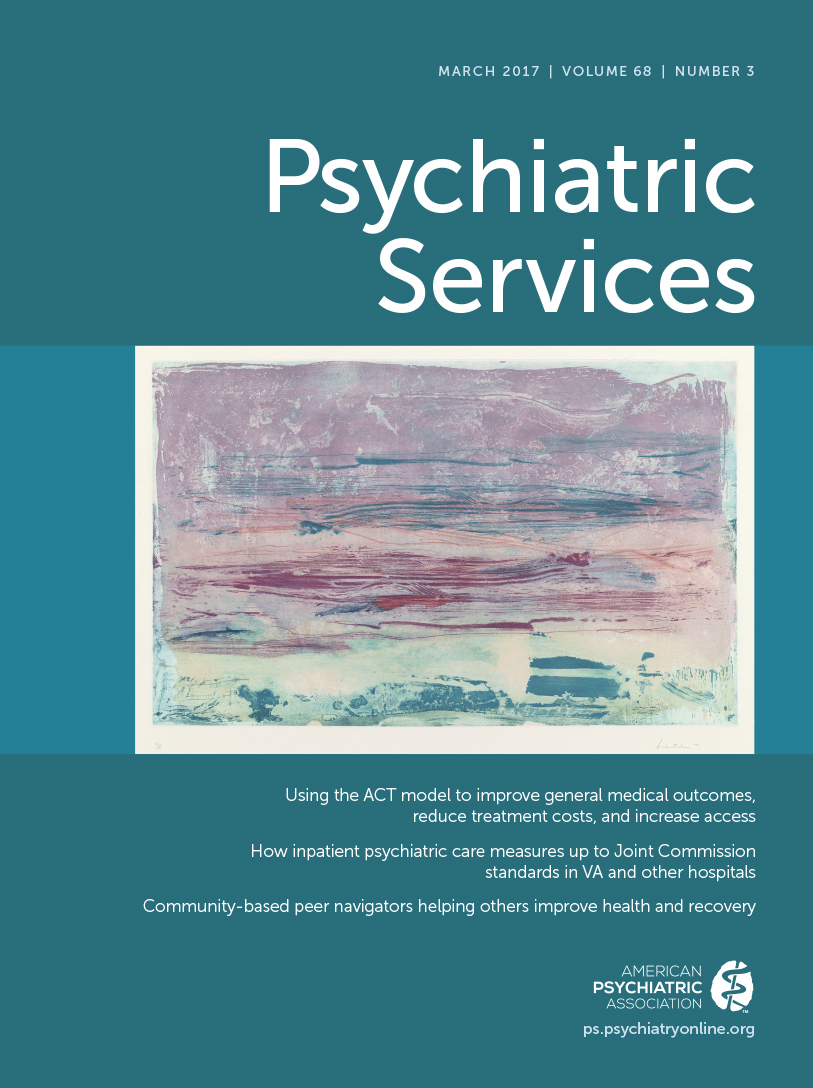No Magic Bullet: A Theory-Based Meta-Analysis of Markov Transition Probabilities in Studies of Service Systems for Persons With Mental Disabilities
Abstract
Objective:
A random-effects meta-analysis of studies that used Markov transition probabilities (TPs) to describe outcomes for mental health service systems of differing quality for persons with serious mental illness was implemented to improve the scientific understanding of systems performance, to use in planning simulations to project service system costs and outcomes over time, and to test a theory of how outcomes for systems varying in quality differ.
Methods:
Nineteen systems described in 12 studies were coded as basic (B), maintenance (M), and recovery oriented (R) on the basis of descriptions of services provided. TPs for studies were aligned with a common functional-level framework, converted to a one-month time period, synthesized, and compared with theory-based expectations. Meta-regression was employed to explore associations between TPs and characteristics of service recipients and studies.
Results:
R systems performed better than M and B systems. However, M systems did not perform better than B systems. All systems showed negative as well as positive TPs. For approximately one-third of synthesized TPs, substantial interstudy heterogeneity was noted. Associations were found between TPs and service recipient and study variables
Conclusions:
Conceptualizing systems as B, M, and R has potential for improving scientific understanding and systems planning. R systems appear more effective than B and M systems, although there is no “magic bullet” system for all service recipients. Interstudy heterogeneity indicates need for common approaches to reporting service recipient states, time periods for TPs, service recipient attributes, and service system characteristics. TPs found should be used in Markov simulations to project system effectiveness and costs of over time.



